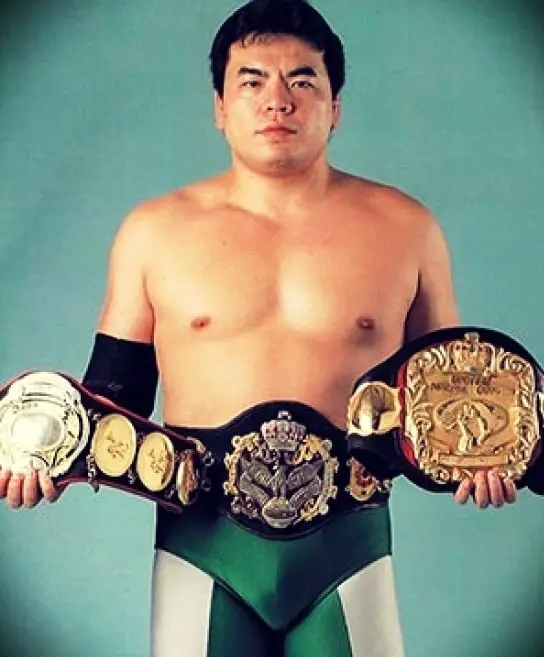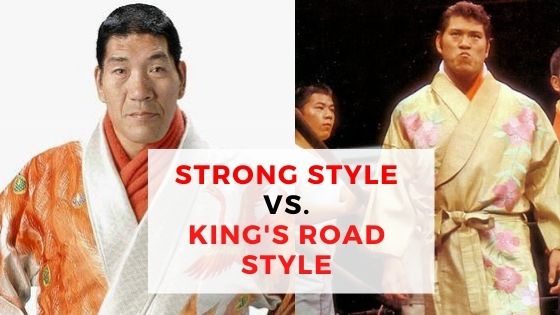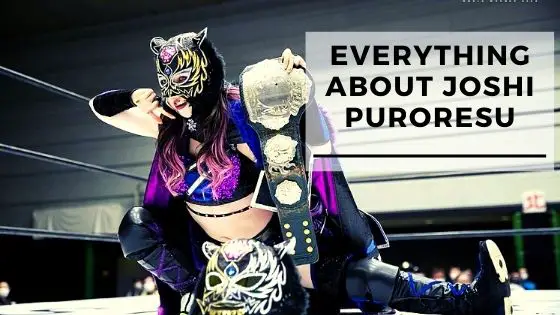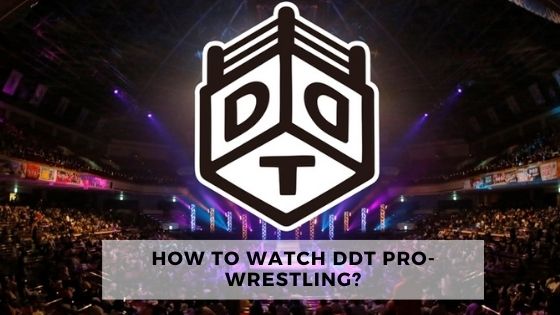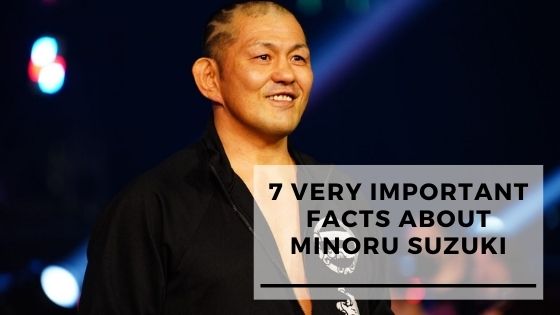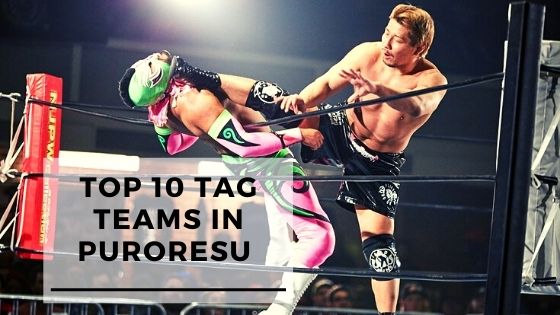Most pro wrestling American fans equate Japanese wrestling to “they hit each other really hard and work really stiff“, but in reality, there is more than just one style of professional wrestling in Japan.
In this article, you will learn the differences between two big Japanese styles, Strong Style and King’s Road Style.
In order to understand the difference between both styles, follow these 10 steps.
Table of Contents
1. It all started with Rikidōzan
Rikidōzan brought professional wrestling to Japan where he founded the first pro wrestling promotion.
Rikidōzan is also known as The Father of Puroresu (“Puroresu” is the Japanese pronunciation of “professional wrestling”
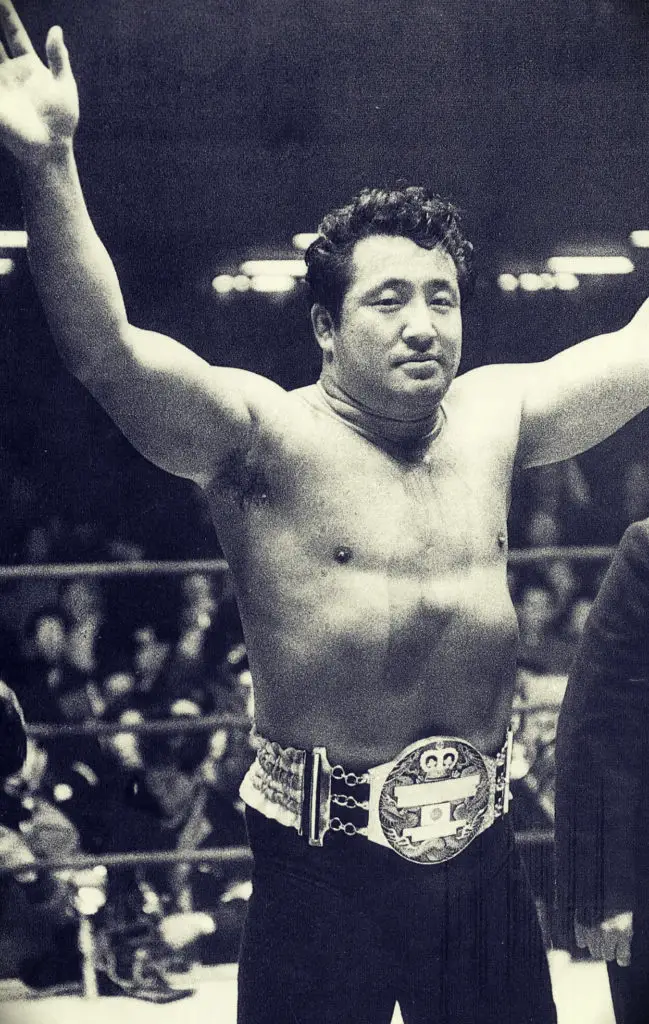
2. The biggest two faces of Japanese pro wrestling
Rikidōzan had two prominent students, Antonio Inoki and Giant Baba (aka Shohei Baba)
Antonio Inoki and Giant Baba both wrestled in Rikidōzan’s promotion, Japanese Wrestling Association (JWA)
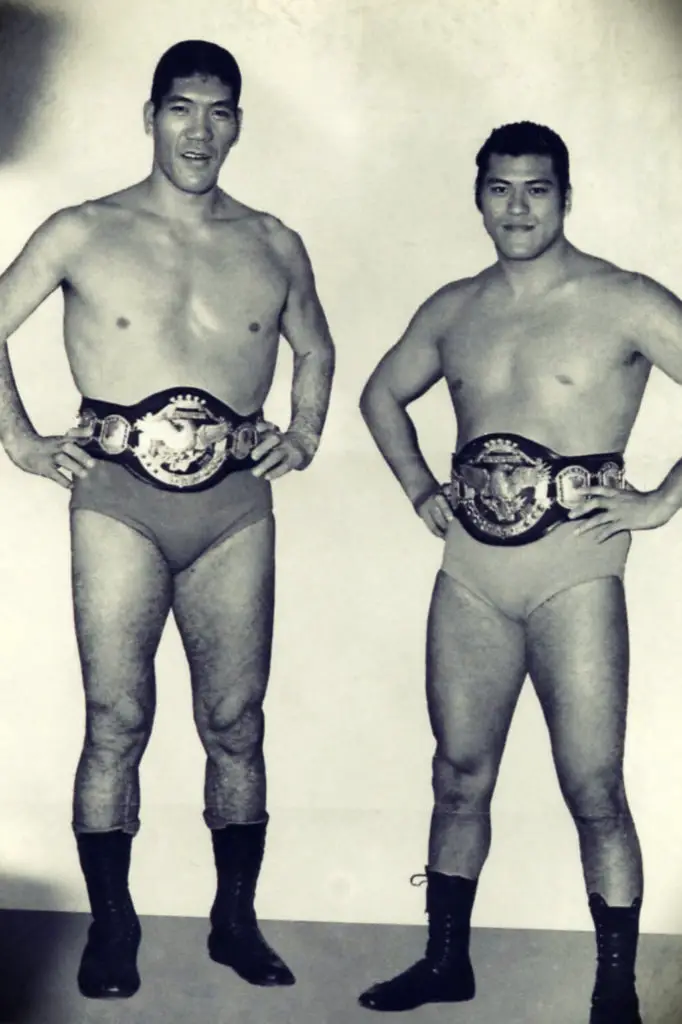
3. Rikidōzan died, now his two disciples are having their differences
After the death of Rikidōzan in a street fight with a Yakuza member in 1963, Antonio Inoki and Giant Baba became the biggest stars of professional wrestling in Japan. Both men also wrestled for the WWF, they even held the NWA international tag team championship together as a team on multiple occasions.
After the death of Rikidōzan, Antonio Inoki and Giant Baba started having their differences in professional wrestling and how to run their teacher’s promotion, Japanese Wrestling Association (JWA).
The two wrestlers went their separate ways and left their teacher’s promotion, Japanese Wrestling Association (JWA).
4. Antonio Inoki created Strong Style
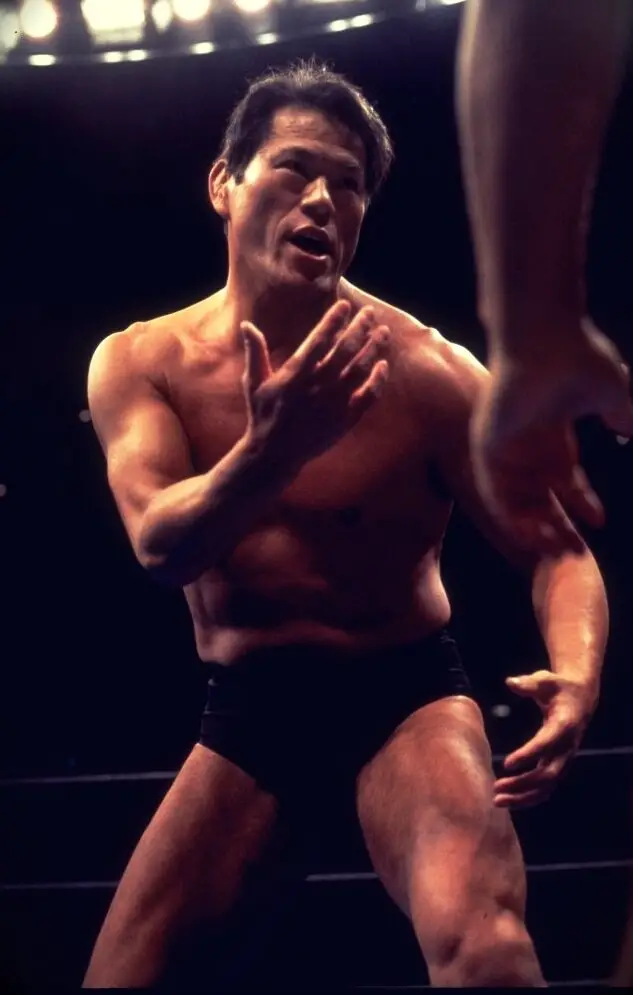
Antonio Inoki founded his promotion New Japan Pro-Wrestling (NJPW) where he developed Strong Style.
Strong Style was based on real strikes and more submissions, and generally more shoot elements in matches (“Shoot” means unscripted, unplanned, and legit attacks).
Strong Style was made to be as close as possible to real fights, it was inspired by martial arts and was made to compete against real martial arts.
That is why Antonio Inoki was famous for challenging boxers and real martial artists. Antonio Inoki challenged Muhammad Ali to a fight that took place in Tokyo, June 26, 1976. This fight is seen as a precursor to modern mixed martial arts (MMA).
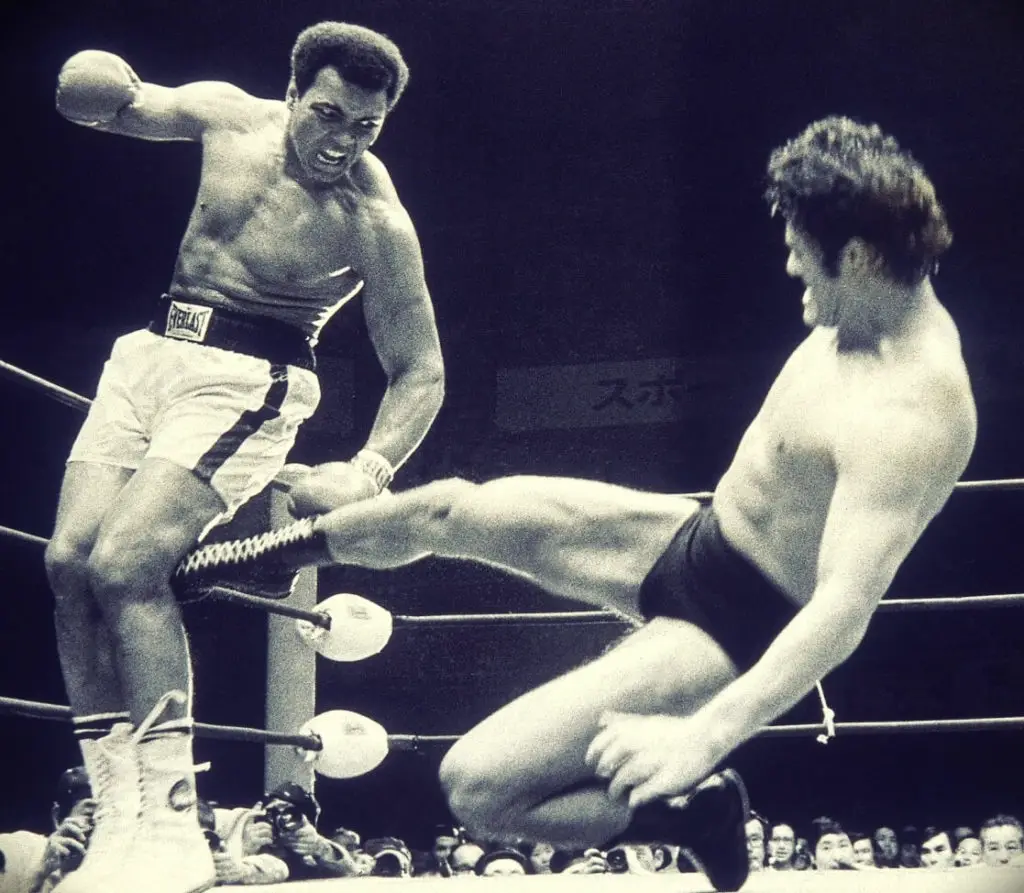
Here is a video highlighting the event of Antonio Inoki Vs. Muhammad Ali
Antonio Inoki developed Strong Style in his promotion (NJPW) by hiring pro wrestlers who had a background in greco-roman and freestyle wrestling, Muay Thai, Karate, Judo, and other different martial arts.
5. Giant Baba created King’s Road style
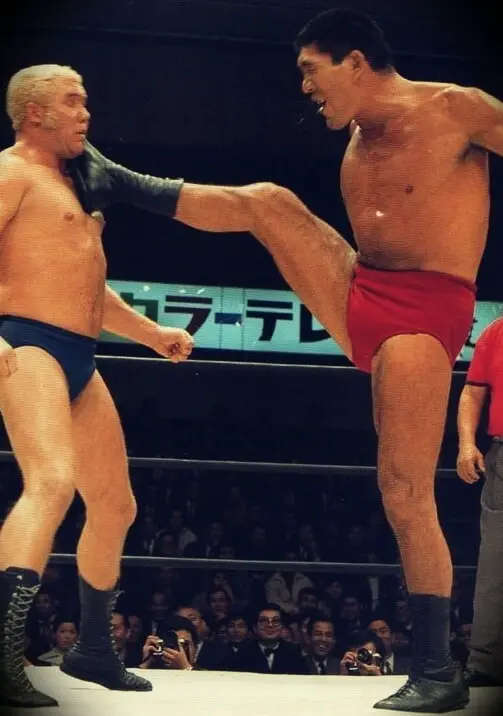
Giant Baba also left his teacher’s promotion to form his own, he called it All Japan Pro Wrestling or simply All Japan. Giant Baba’s promotion was based on a different style of wrestling, King’s Road style.
King’s Road style was geared more towards storytelling at the opposite of Strong Style where attacks and submissions are unplanned and unscripted (Shoot).
King’s Road style is more influenced by American pro wrestling where storytelling is essential, faces versus heels, and heroes versus villains.
6. The storytelling in King’s Road style
It’s worth mentioning that Angles, gimmicks, and feuds didn’t exist in King’s Road style, all the storytelling was done inside the ring.
Also, King’s Road style is more geared towards theatricals, the submissions in King’s Road style aren’t necessarily as legit as submissions in Strong Style.
7. Submissions in both styles
Generally, in Strong Style, submissions are inspired by other grappling martial arts such as Judo and Jiu Jitsu, therefore the submissions are more legit and could be effective even in self-defense situations.
In King’s Road style, submissions could be tweaked from their original form to appear more painful and therefore more spectacular.
8. Pace of the match
Strong Style tends to have a quicker pace than King’s Road style since its philosophy is to emulate a real fight.
9. Match length
Since Strong Style has a quicker pace, its main events don’t go beyond 20 minutes, while King’s Road style main events tend to go longer than 30 minutes.
10. Finishers
King’s Road style is characterized by its super finishers. Super finishers are extremely dangerous and tend to target the head and the spine.
Examples of super finishers used in King’s Road style:
Ganso Bomb
Burning Hammer
Tiger Driver 91
King’s Road style finishers became problematic after the death of Mitsuharu Misawa in 2009. His death was caused by a back suplex that rendered him motionless.
Mitsuharu Misawa was pronounced dead later in the hospital.
